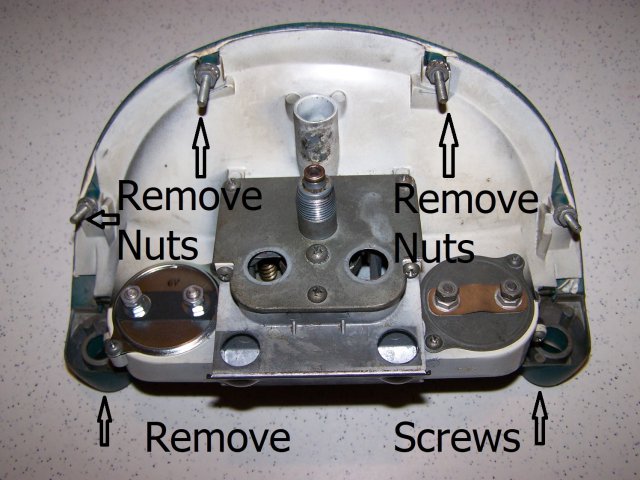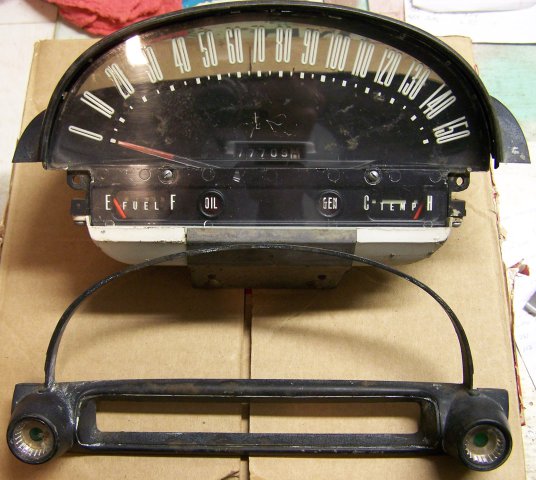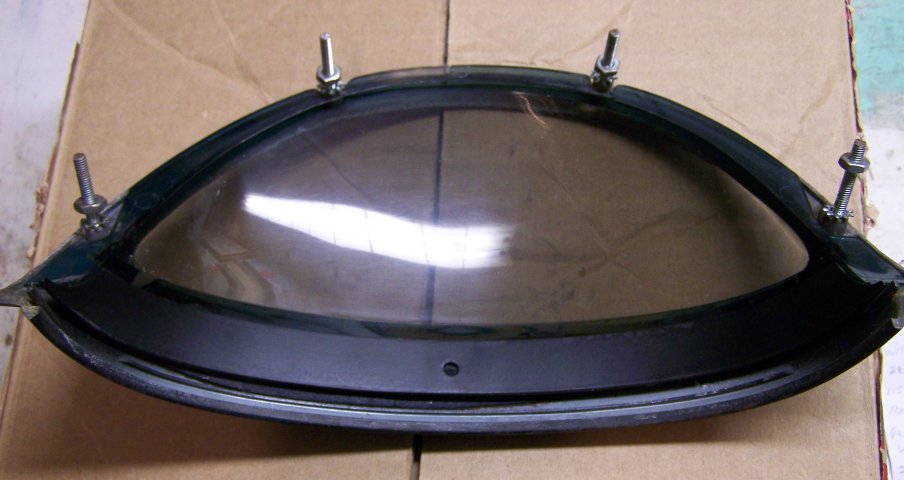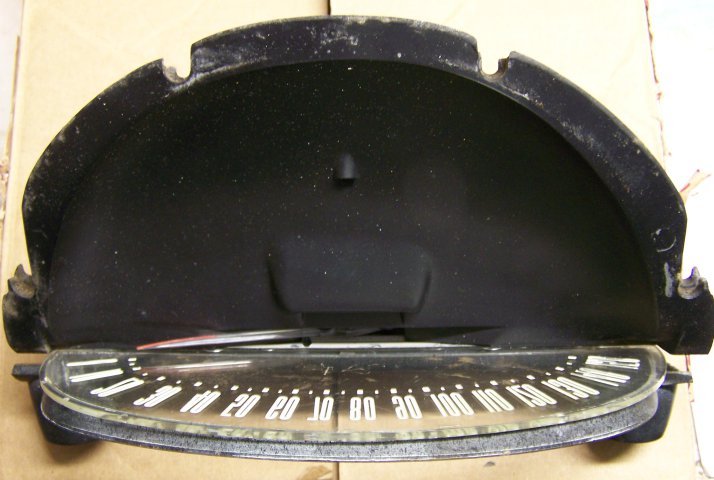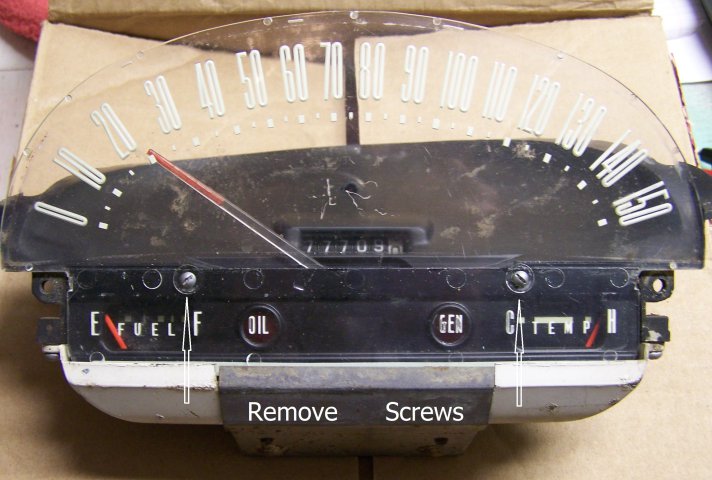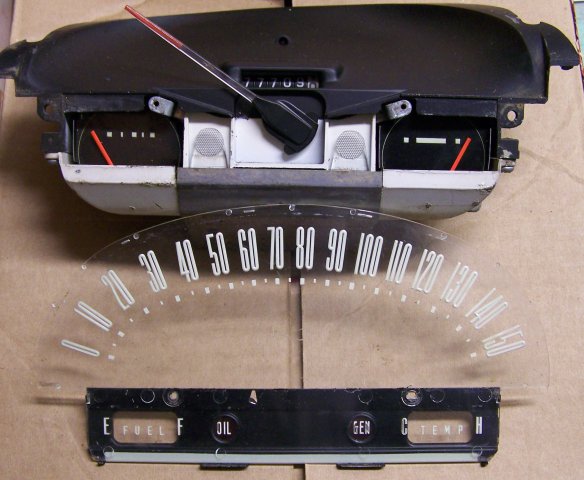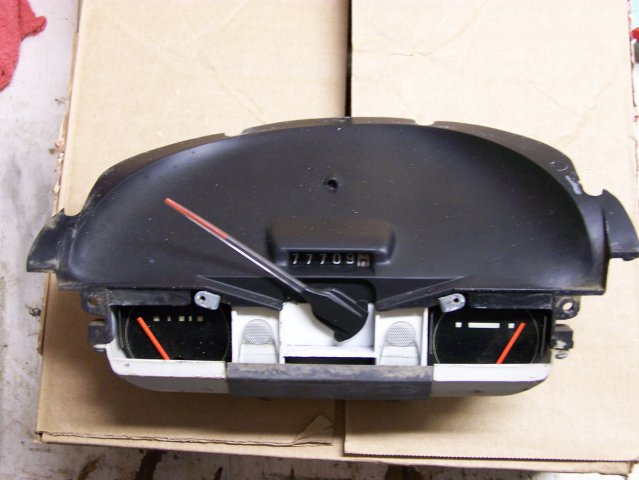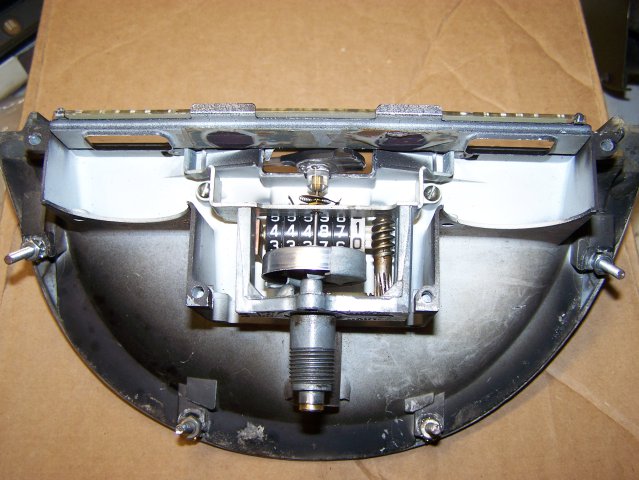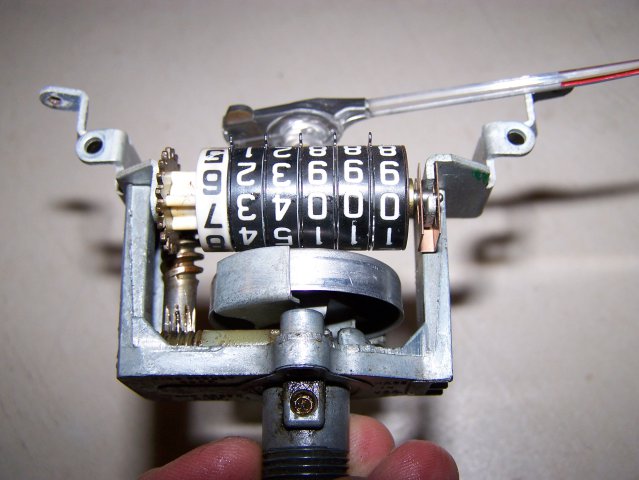- Last seen
- Joined
- Jul 6, 2019
- Thunderbird Year
- 1957
I have a 56 Tbird with a very noisy and erratic speedometer Can it be fixed and how do you get it out to repair or replace it
Follow along with the video below to see how to install our site as a web app on your home screen.

Note: This feature currently requires accessing the site using the built-in Safari browser.

Please
sign in or
join the Thunderbird
club free to access the search page and many other free site features.
If you forgot your password
click here
This site contains affiliate links for which I may be compensated. As an eBay Partner, and Amazon Associate I may be compensated if you make a purchase at no cost to you.
You need to pull the speedo cable from the back of the speedometer and spray some cable lubricant into the cable and put a small amount of light grease on the tip of the cable that goes into the speedo. If you still have some noise or erratic movement in your speedo you may need to do the same thing on the cable end that goes into the transmission. Both ends are fairly easy to get to. Worked for me. Good luckI have a 56 Tbird with a very noisy and erratic speedometer Can it be fixed and how do you get it out to repair or replace it
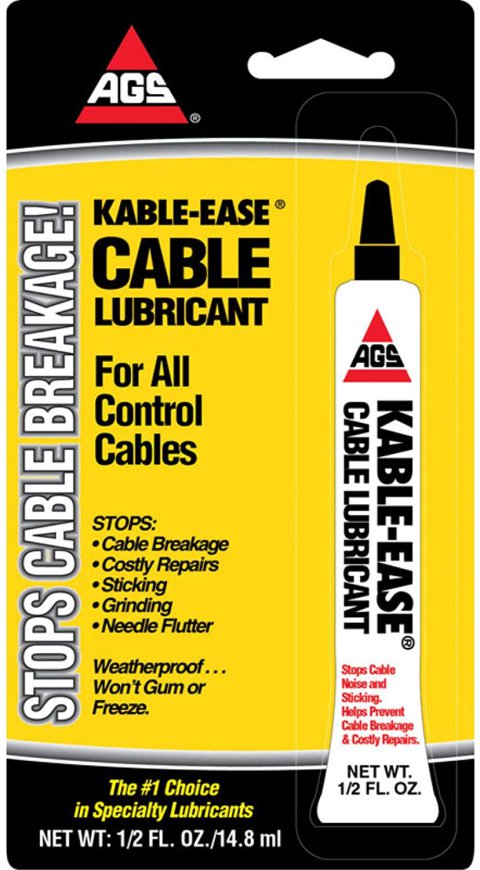
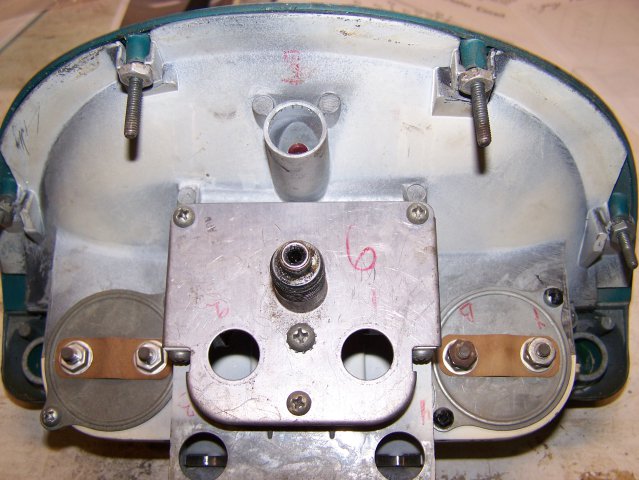
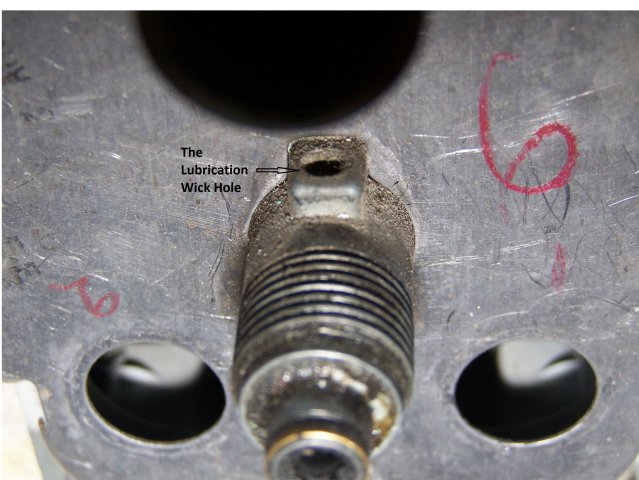
Can you tell me how to remove the speedometer from the dash? I have the 4 screws and backing plate removed but can't seem to get the speedometer itself to come out of the cluster.The speedometer has two main parts, the speedometer head and the speedometer drive cable. When the speedometer fails to indicate speed or mileage, the cable may be broken. Most cables break due to a lack of lubrication or a bend or kink in the housing. The cable also might break when the speedometer head mechanism binds. A jumpy pointer, along with a scraping noise, is often caused by a dry or kinked speedometer cable. The kinked cable rubs on the housing and winds up slowing down the pointer. The cable then unwinds, and the pointer jumps.
To lubricate the cable and check for kinks, the cable will have to be removed from the housing. It is not necessary to remove the housing from the vehicle. From under the dash, disconnect the housing by its fluted nut from the back side of the speedometer head. Prior to removing the cable from the housing, cover the carpet and upholstery, as the common lubricant is graphite which will really make a mess to whatever it touches. Using a long nose pliers, pull on the cable while supporting the housing. The cable should come out fairly easily, unless there is a crimp somewhere in the housing, which could be the cause of the problem by itself.
With the cable fully withdrawn and out of the car, inspect the outer surface of the core for flat and shiny areas. These indicate wear areas and you can use their position to approximate the area of the housing that may have an excessive bend or kink. To check for kinks, lay the cable on a flat surface and twist one end with your fingers. If it turns over smoothly, the cable is not kinked. But, if part of the cable flops over as it’s twisted, the cable is kinked and should be replaced.
Before reinstalling the cable back into the housing wipe it down with a clean absorbent cloth and re-lubricate it with a graphite bearing lubricant. Then feed and twist the cable back into the housing. The last 3/8” to 1/4” will require twisting and pushing to engage the square drive at the far end of the cable.
Before re-connecting the speedometer housing to the back of the speedometer head, put a few drops of lubricant on the wick in the speedometer head. I had a hard time doing this so I removed the speedometer head from the dash.
doug7740
1955 Thunderbird Blue
View attachment 4519View attachment 4520
